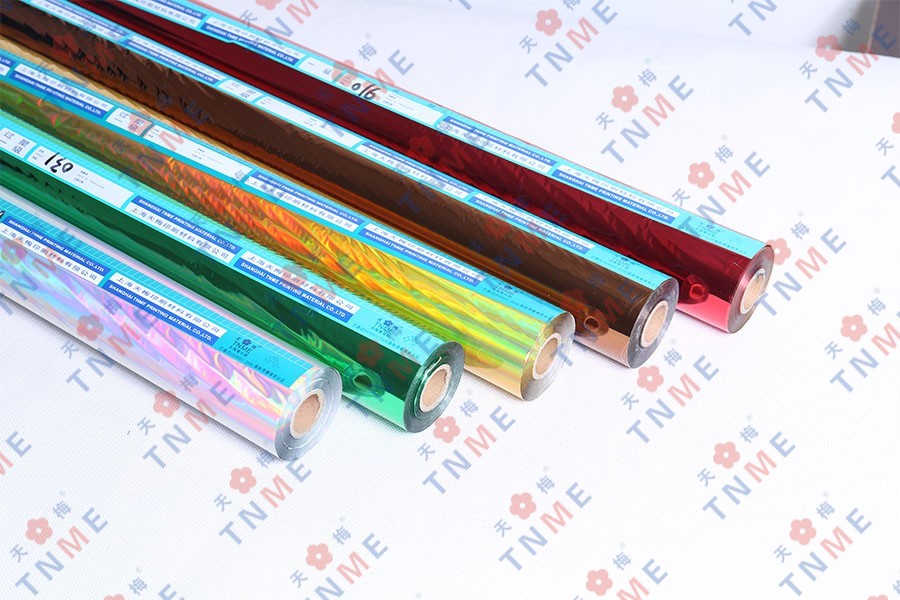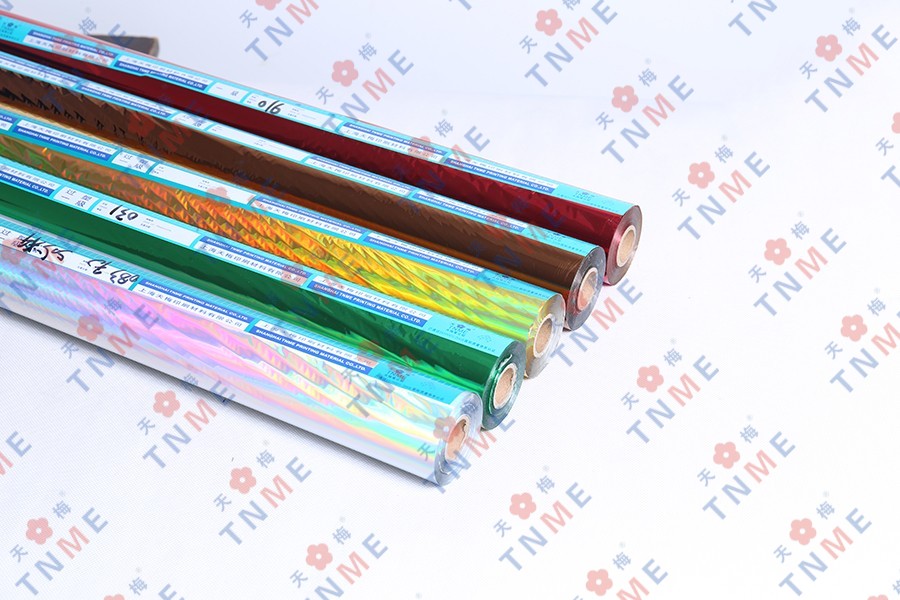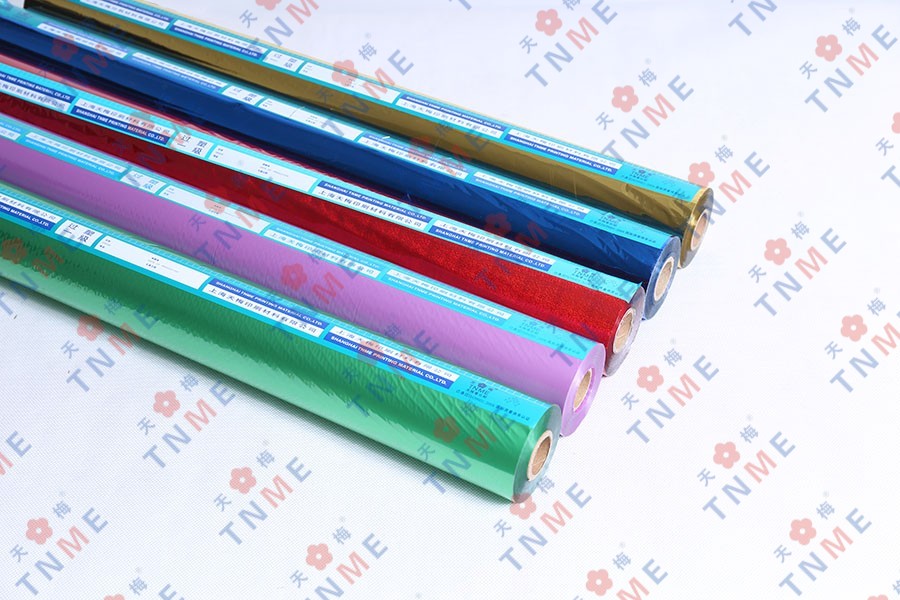How does UV protection work in UV materials foil?
Author:admin Date:2023-10-23
UV protection in materials like UV Materials Foil or UV-resistant films is achieved through various mechanisms and additives that are designed to block, absorb, or reflect ultraviolet (UV) radiation. UV radiation, which is part of the electromagnetic spectrum, includes UVA, UVB, and UVC rays. Excessive exposure to UV radiation can be harmful, leading to damage to surfaces, fading of colors, or even health issues in the case of humans. Here's how UV protection works in UV materials:
UV Absorption: UV-protective materials often contain UV-absorbing compounds or additives. These compounds absorb UV radiation and convert it into harmless heat, preventing the radiation from reaching the surface underneath. Common UV-absorbing compounds include organic molecules like benzophenone, benzotriazole, and various metal oxides.
UV Reflection: Some materials, like UV-reflective films or coatings, are designed to reflect UV radiation away from the surface. These materials typically have a highly reflective surface or incorporate UV-reflective pigments, such as titanium dioxide, that bounce the UV rays back.
UV Blocking: UV materials may also work by blocking UV radiation from penetrating through them. This is often done by using opaque materials that physically obstruct UV rays. For example, UV-blocking glasses or windows are typically made with materials that are not transparent to UV light.
UV Stabilizers: UV stabilizers are chemical compounds added to materials to protect them from UV degradation. These stabilizers act by absorbing UV radiation and preventing it from initiating chemical reactions that can cause the material to degrade, become brittle, or change color over time.
Dye and Pigment Selection: In some cases, UV protection is achieved by carefully selecting dyes and pigments for materials that are resistant to fading when exposed to UV light. UV-resistant dyes and pigments are designed to withstand the degrading effects of UV radiation.
Multilayer Structures: In more advanced UV protection, materials may have multiple layers with different UV-blocking or UV-absorbing properties. For example, a UV foil used in outdoor applications may consist of multiple layers with varying UV protection capabilities.
Nanotechnology: Nanoparticles, such as zinc oxide or titanium dioxide nanoparticles, can be incorporated into materials to provide enhanced UV protection. These nanoparticles are small enough to scatter and absorb UV radiation effectively.
The specific mechanisms used to provide UV protection can vary depending on the material and its intended application. UV protection can be found in a wide range of products, from UV-blocking clothing and sunglasses to UV-resistant films for windows and surfaces. The choice of UV protection method depends on factors such as the material's purpose, durability requirements, and the expected level of UV exposure.




 English
English 中文简体
中文简体

















